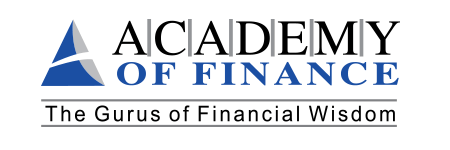
Rethink reskilling for the post-pandemic world
By Nicole de Locarnini, Angelika Reich, Marla M. Capozz
McKinsey & Company – March 22, 2021 | Article
March 22, 2021The COVID-19 crisis has supercharged transformations driven by automation and digitization, resulting in a corresponding skills shift. An estimated 107 million workers may now need to switch occupations by 2030, about 12 million more than our pre-pandemic estimate. Demand for basic cognitive and manual skills will fall, while the need for technological, social, and emotional skills will increase.
While this shift was already underway before COVID-19, we now expect an acceleration. For example, demand for social and emotional skills could increase by 25 percent in the U.S. over the next decade, compared to the previously expected 18 percent rise in the pre-pandemic scenario.
Knowing this, leaders understand the urgency to develop employee skills with the objective of giving them the flexibility needed to evolve their occupations. However, many realize that their organizations aren’t prepared for such a major shift. While training and reskilling are essential and will act as the major levers to bridge the skills gap, a company needs to adjust its talent model as a whole to allow new talents to emerge. Accordingly, levers related to professional development, employee value propositions and recruiting, and people-related enablers should also be addressed. Here are some ways to accomplish that;
- Adjust professional development to reflect the growing need for adaptability. Professional development should be integrated within ongoing business and individual performance management and also linked to compensation. Managers can emphasize the importance of personal and professional development, give guidance and counseling on its benefits, and encourage employees to take the necessary time to prepare for and attend learning programs. In addition, career paths should be adapted to offer employees opportunities to evolve or change professional tracks, considering both the potential for what development programs the company offers and the employee’s appetite to adapt and learn.
- Link reskilling to recruitment and making the company attractive to talent. Organizations should advertise continuous growth and development as key parts of their talent-management process and culture. This is becoming more important in recruitment as workers belonging to Generation Z value continuous learning as a main career goal. In addition, this will also be a key way to demonstrate the ability of a company to maintain the “employability” of employees and reassure them that they won’t be left behind as their occupations and industries evolve.
- Support the link between talent development and talent strategy within the broader business strategy. In order to create this link, it is necessary to develop a skills-based human resources information system (HRIS) that reflects the existing skills baseline as well as those skills that are needed to deliver on business objectives. A strategic workforce-planning process must also be defined and implemented regularly, in parallel to strategic and budgeting exercises, to ensure human resources are allocated as thoroughly as financial capital. In addition, this will allow for the identification and quantification of future skills needs.
Organizations should also develop a personalized, user-friendly learning ecosystem that taps external players with established offerings to train for specific skillsets. An individualized, blended learning journey that combines different channels can help each employee build new habits through continuous coaching. For example, one steel manufacturer undergoing an agile transformation mapped out the competencies required to lead through agility. They then deployed a personalized coaching app to provide their top 300 leaders with daily “nudges” to adopt these new behaviors.
As the world adapts to and recovers from the COVID-19 crisis, deploying these three levers will help put your organization in a strategic position to manage, develop, and enable talent with focus and care.
